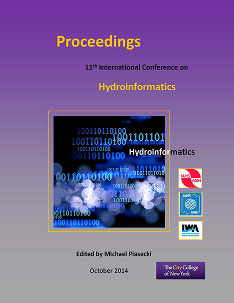Document Type
Presentation
Publication Date
8-1-2014
Abstract
Interoperability of water quality data depends on the use of common models, schemas and vocabularies. However, terms are usually collected during different activities and projects in isolation of one another, resulting in vocabularies that have the same scope being represented with different terms, using different formats and formalisms, and published in various access methods. Significantly, most water quality vocabularies conflate multiple concepts in a single term, e.g. quantity kind, units of measure, substance or taxon, medium and procedure. This bundles information associated with separate elements from the OGC Observations and Measurements (O&M) model into a single slot. We have developed a water quality vocabulary, formalized using RDF, and published as Linked Data. The terms were extracted from existing water quality vocabularies. The observable property model is inspired by O&M but aligned with existing ontologies. The core is an OWL ontology that extends the QUDT ontology for Unit and QuantityKind definitions. We add classes to generalize the QuantityKind model, and properties for explicit description of the conflated concepts. The key elements are defined to be sub-classes or sub-properties of SKOS elements, which enables a SKOS view to be published through standard vocabulary APIs, alongside the full view. QUDT terms are re-used where possible, supplemented with additional Unit and QuantityKind entries required for water quality. Along with items from separate vocabularies developed for objects, media, and procedures, these are linked into definitions in the actual observable property vocabulary. Definitions of objects related to chemical substances are linked to items from the Chemical Entities of Biological Interest (ChEBI) ontology. Mappings to other vocabularies, such as DBPedia, are in separately maintained files. By formalizing the model for observable properties, and clearly labelling the separate concerns, water quality observations from different sources may be more easily merged and also transformed to O&M for cross-domain applications.


Comments
Session R02, Semantic Integration in Water Resources